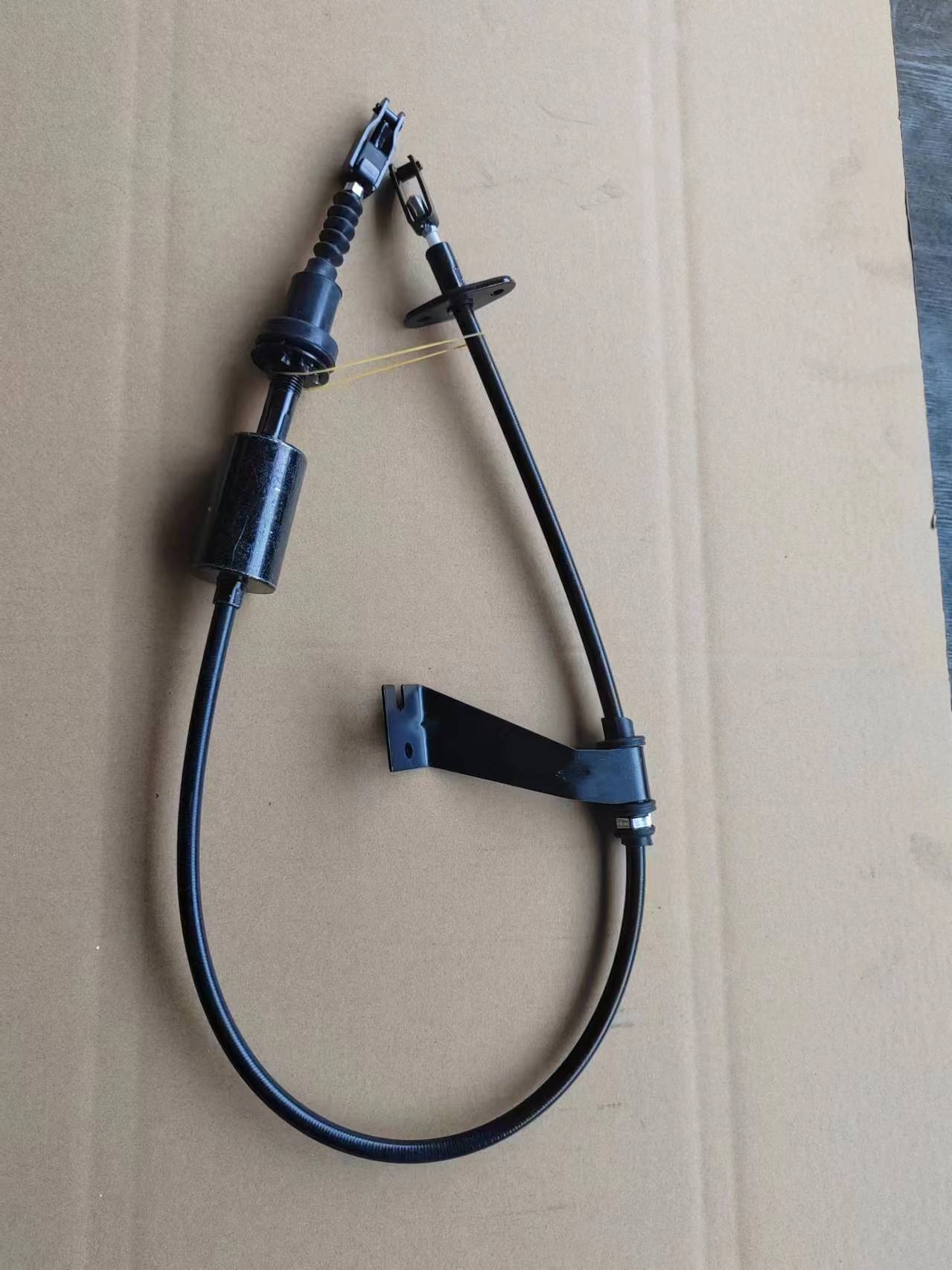broken gear shift cable
The Broken Gear Shift Cable Understanding the Issue and Solutions
A malfunctioning vehicle can be a source of considerable stress, and one common issue that many drivers face is a broken gear shift cable. This article aims to elucidate the function of the gear shift cable, symptoms of its failure, potential causes, and how to rectify the problem.
Understanding the Gear Shift Cable
The gear shift cable plays a crucial role in any automobile’s transmission system. It serves as a link between the gear lever, typically located in the passenger cabin, and the transmission system on the vehicle’s engine. When a driver shifts gears, the gear shift cable translates this action to the transmission, allowing the vehicle to change its speed and power output accordingly.
Symptoms of a Broken Gear Shift Cable
When the gear shift cable fails, it can manifest through various symptoms that every driver should be aware of
1. Difficulty in Changing Gears This is often the most noticeable symptom. If you find it challenging to shift from park to drive or other gears, a broken or frayed cable might be the culprit.
2. Gear Slipping If the transmission unexpectedly slips out of gear while driving, this could indicate a cable issue. The connection between the shift lever and the transmission can become loose, causing inconsistent gear engagement.
3. Unresponsive Gear Lever If you move the gear lever but the gears do not change as expected, it’s a clear sign that the cable may be broken or severely damaged.
4. Unusual Sounds Strange noises, such as clunking or grinding when attempting to shift gears, can also suggest a cable problem, particularly if accompanied by other symptoms mentioned above.
Causes of Gear Shift Cable Failure
Several factors can lead to the deterioration of a gear shift cable over time
broken gear shift cable

1. Wear and Tear Like any mechanical component, gear shift cables are subject to wear and tear. Over years of operation, the cable can fray or become brittle, especially if exposed to harsh environmental conditions.
2. Corrosion In areas where salt is used on roads, the cables can rust, leading to a complete breakdown. Regular maintenance can help mitigate this risk.
3. Improper Installation If the cable was installed incorrectly during a repair or replacement, it could lead to premature failure.
4. Physical Damage Any impact or accident that affects the transmission area may damage the gear shift cable.
Solutions to a Broken Gear Shift Cable
The solution to a broken gear shift cable usually involves replacement. Here are the steps commonly taken
1. Diagnosis It’s always advisable to start with a professional diagnosis. A mechanic can inspect the vehicle, confirm the issue, and rule out other problems.
2. Replacement If the cable is indeed broken, it will need to be replaced. This typically involves removing the old cable and installing a new one, which can often be done in a few hours, depending on the make and model of the vehicle.
3. Testing After the replacement, testing the new cable is essential to ensure that it works seamlessly with the transmission.
4. Maintenance To avoid future issues, regular checks and maintenance of the transmission system, including lubrication of the cable, can be beneficial.
Conclusion
A broken gear shift cable can lead to significant driving difficulties and should be addressed promptly. By understanding the symptoms and the necessary steps to resolve the issue, vehicle owners can ensure their driving experience remains smooth and safe. Regular vehicle maintenance coupled with prompt attention to any signs of trouble will significantly prolong the lifespan of the gear shift cable and enhance the overall reliability of the vehicle.
-
Workings of Clutch Pipe and Hose SystemsNewsJun.04,2025
-
The Inner Workings of Hand Brake Cable SystemsNewsJun.04,2025
-
The Secrets of Throttle and Accelerator CablesNewsJun.04,2025
-
The Hidden Lifeline of Your Transmission Gear Shift CablesNewsJun.04,2025
-
Demystifying Gear Cables and Shift LinkagesNewsJun.04,2025
-
Decoding Clutch Line Systems A Comprehensive GuideNewsJun.04,2025
